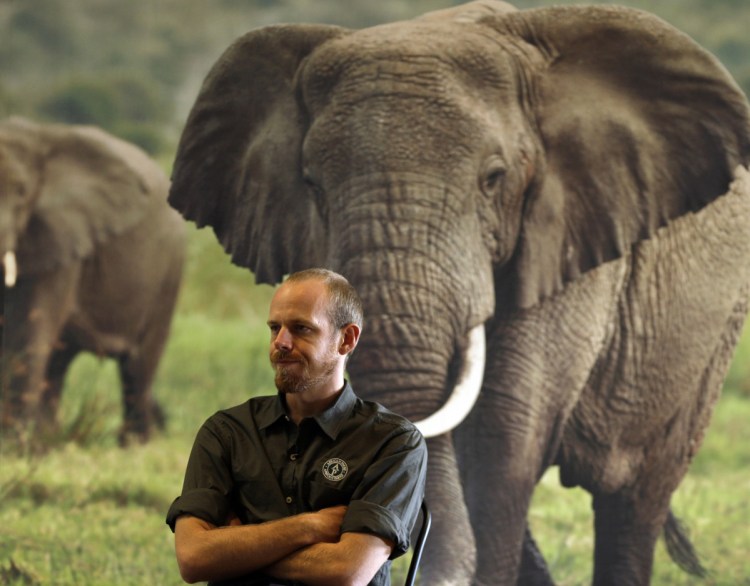JOHANNESBURG — The news from Congo’s Garamba National Park was grim for decades: rangers killed, an elephant population decimated by poachers, marauding armed groups and the disappearance of the last northern white rhinos living in the wild.
African Parks, the non-profit group that took over management in 2005, had doubts about whether it could turn things around.
With international support, the Johannesburg-based outfit stuck it out in a place that resembled a combat zone at times, and it is reporting some good news. Garamba’s ranger force of 200 has not suffered a casualty on the job in the last 12 months and just two elephants have been killed this year, compared to 50 in 2017 and 99 in 2016.
The progress highlights a public-private conservation model honed by African Parks, whose expanding operations across the continent are likely to get more attention with Britain’s Prince Harry as the group’s president. Appointed in December, the royal had worked in the field with African Parks, which has boards in South Africa, Europe and the United States and counts the European Union and USAID among major donors.
African Parks assumes day-to-day management of countries’ wildlife areas, seeking more efficiency and accountability in the campaign to protect flora and fauna from poaching and habitat depletion. Many partner nations struggle to run parks on their own, challenged by poverty, corruption and conflict.
Founded in 2000, African Parks established a hard-nosed reputation by going into seriously degraded places armed with the right to hire and fire from governments, which retained broad authority but respected a clear separation of roles. African Parks aims for 25-year commitments; some are 10 years with a right to renew, while others are 50-year deals.
“It was literally, ‘Here’s a park, we’ve written it off, there’s no wildlife left, there’s no value, there’s no tourism, there’s no income for the park … so you take it.’ And that was fine. We needed to prove that we were able to achieve what we were saying, what we believed was possible,” said Peter Fearnhead, African Parks’ CEO.
“Our challenges in the past have been trying to convince governments that this was worth doing,” Fearnhead said in an interview. “Our challenge now is almost one of not going too fast and not taking on too much, too quickly.”
The group now has more than 1,000 rangers and manages an ecologically diverse portfolio of 15 areas in nine countries, totaling about 40,500 square miles. It spent $44 million in 2017 and seeks by 2020 to manage 20 parks, a relatively small bulwark amid the hundreds of vulnerable reserves across the continent. It hopes other organizations will take the same approach.
In the past, non-governmental groups provided “bolt-on support” – technical, financial and so on – to state-run parks, but some now look to emulate the public-private management model, Fearnhead said.
Based at New York’s Bronx Zoo, the Wildlife Conservation Society helps to protect wild places in 51 countries, 16 of them in Africa.
The WCS management role at Nouabalé-Ndoki National Park in the Republic of Congo is similar to the African Parks model, while it shares management with the Mozambican government in the Niassa National Reserve, whose elephant population has been hit hard by poachers, said Joseph Walston, senior vice president of field conservation programs.
Copy the Story LinkSend questions/comments to the editors.



Success. Please wait for the page to reload. If the page does not reload within 5 seconds, please refresh the page.
Enter your email and password to access comments.
Hi, to comment on stories you must . This profile is in addition to your subscription and website login.
Already have a commenting profile? .
Invalid username/password.
Please check your email to confirm and complete your registration.
Only subscribers are eligible to post comments. Please subscribe or login first for digital access. Here’s why.
Use the form below to reset your password. When you've submitted your account email, we will send an email with a reset code.